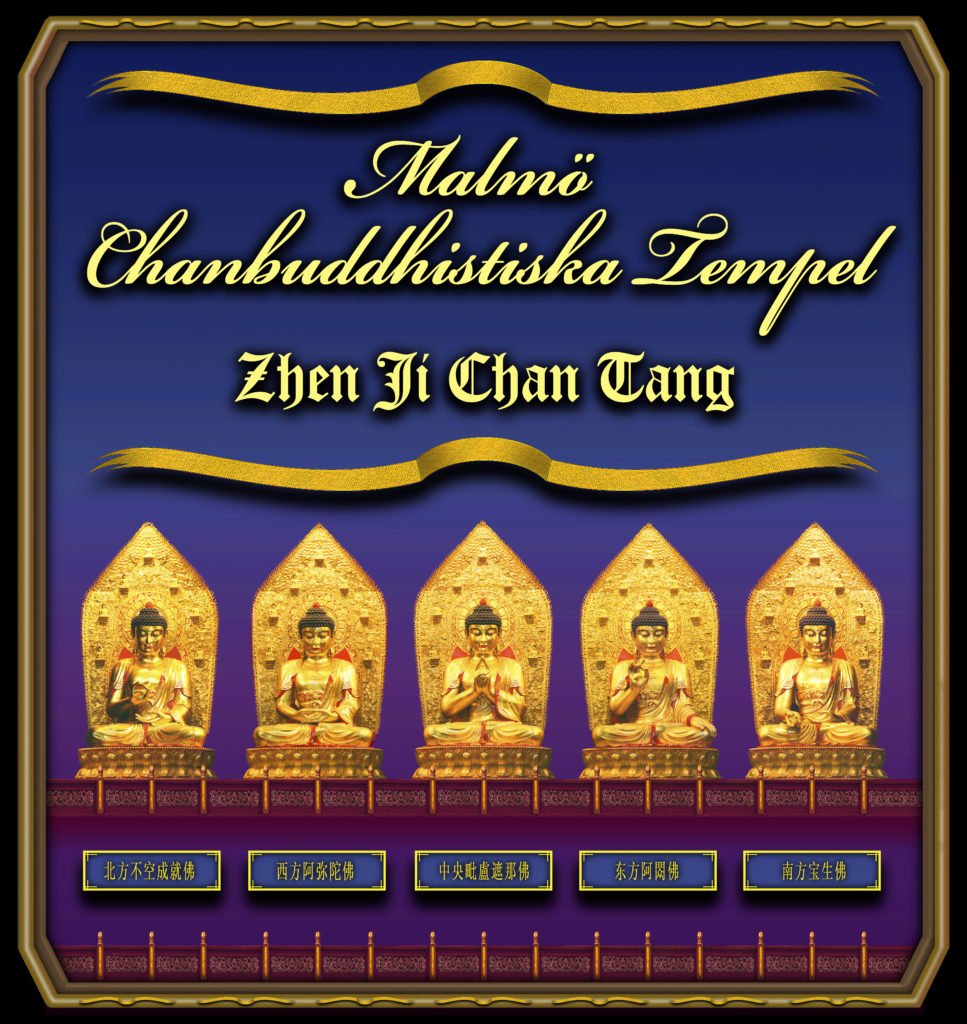The Boddhistavas Stages
The Bodhisattva Stages
The chapter of ten grounds in the Avataṃsaka Sūtra refers to 52 stages. The 10 grounds are:
1. Great Joy: It is said that being close to enlightenment and seeing the benefit for all sentient beings, one achieves great joy, hence the name. In this bhūmi the bodhisattvas practice all perfections (pāramitās), but especially emphasizing generosity (dāna).
2. Stainless: In accomplishing the second bhūmi, the bodhisattva is free from the stains of immorality, therefore, this bhūmi is named "stainless". The emphasized perfection is moral discipline (śīla).
3. Luminous: The third bhūmi is named "luminous", because, for a bodhisattva who accomplishes this bhūmi, the light of Dharma is said to radiate for others from the bodhisattva. The emphasized perfection is patience (kṣānti).
4. Radiant: This bhūmi is called "radiant", because it is said to be like a radiating light that fully burns that which opposes enlightenment. The emphasized perfection is vigor (vīrya).
5. Very difficult to train: Bodhisattvas who attain this bhūmi strive to help sentient beings attain maturity, and do not become emotionally involved when such beings respond negatively, both of which are difficult to do. The emphasized perfection is meditative concentration (dhyāna).
6. Obviously Transcendent: By depending on the perfection of wisdom, [the bodhisattva] does not abide in either saṃsāra or nirvāṇa, so this state is "obviously transcendent". The emphasized perfection is wisdom (prajñā).
7. Gone afar: Particular emphasis is on the perfection of skillful means (upāya), to help others.
8. Immovable: The emphasized virtue is aspiration. This, the "immovable" bhūmi, is the bhūmi at which one becomes able to choose his place of rebirth.
9. Good Discriminating Wisdom: The emphasized virtue is power.
10. Cloud of Dharma: The emphasized virtue is the practice of primordial wisdom.
After the ten bhūmis, according to Mahāyāna Buddhism, one attains complete enlightenment and becomes a Buddha.
With the 52 stages, the Śūraṅgama Sūtra recognizes 57 stages. With the 10 grounds, various Vajrayāna schools recognize 3–10 additional grounds, mostly 6 more grounds with variant descriptions.
A bodhisattva above the 7th ground is called a mahāsattva. Some bodhisattvas such as Samantabhadra are also said to have already attained buddhahood

